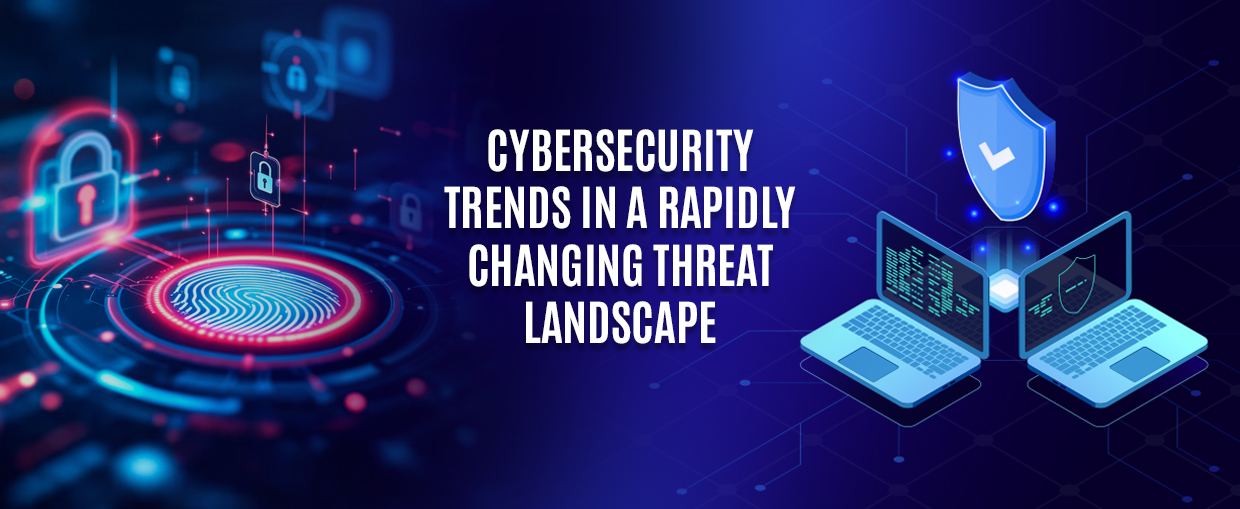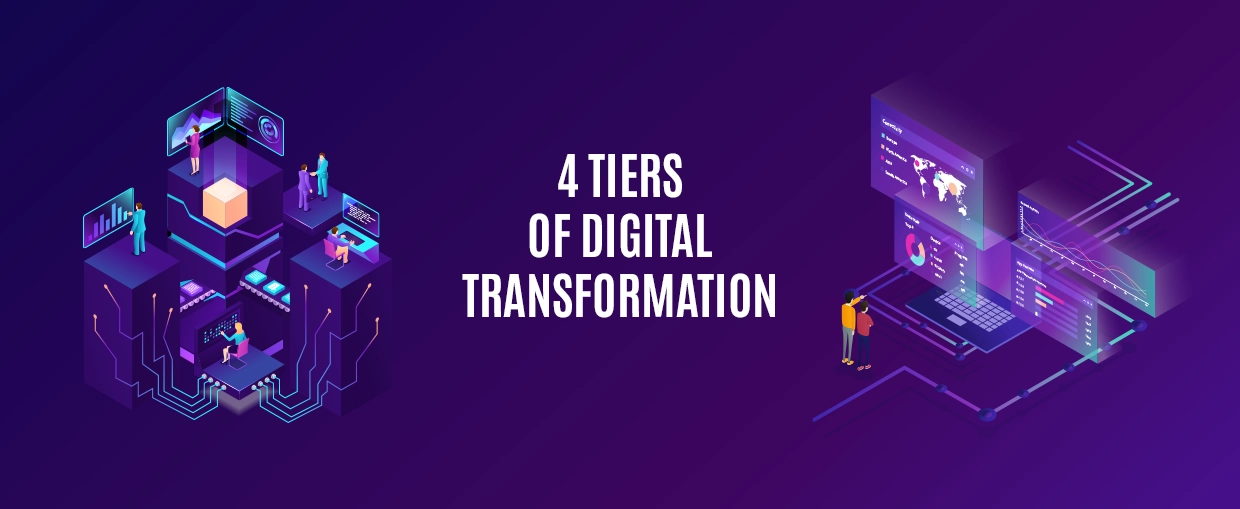Technology has been advancing rapidly over the past few years. The effects of this advancement have permeated most industries. Business operations have also become increasingly reliant on technology. This calls for heightened security measures to protect your data from security breaches. This is where IT audits come in.
An IT audit analyzes the security, efficacy, and compliance of your organization’s information systems. These audits are essential for spotting potential hazards, preventing fraud, and enhancing operations as a whole. IT audits ensure that your IT infrastructure is functional and secure.
Here’s everything you need to know about IT audits, complete with a handy list of IT audit tools and techniques.
What Does an IT Audit Do?
You can find deficiencies in your business’s IT systems by conducting IT audits. It strengthens IT governance, guarantees regulatory compliance, and improves security. IT auditors look at overall business and financial controls pertaining to information technology systems as well as logical and physical security controls. During an IT audit, auditors assess the efficacy and design of the system’s internal controls, including IT governance, processes, and procedures.
Auditors also evaluate whether IT management has implemented the required safeguards to control technological risks. At the end of an IT audit, you get recommendations for enhancing system security and performance, guaranteed legal and regulatory compliance, and better coordination of IT strategy with your business’s strategic goals. In short, an audit helps you find and eliminate potential problems before they become a serious threat to your business.
The Importance of IT Audits
An IT audit is essential to any kind of business because it preserves the accuracy and dependability of your organization’s data and information technology infrastructure. It monitors data integrity, risk assessment, compliance, security assessment, etc to assist with business continuity and disaster recovery.
Additionally, because technology is evolving so quickly, an audit can tell you which of your tools and systems are out of date.
An IT audit helps your business to:
Identify and manage IT risks: IT audits assist companies in identifying and managing risks such as cyberattacks, data breaches, and system failures. IT auditors suggest putting security controls in place and creating business continuity plans as ways to reduce these risks.
Ensure compliance with legal requirements: Data management and IT systems are governed by laws and regulations in the majority of industries. IT audits help organizations maintain compliance with these regulations and avert legal action.
Boost the effectiveness of IT operations: IT audits assist in identifying areas where workflow automation can enhance IT operations. Costs are reduced as a result, and overall corporate performance is raised.
Safeguard corporate assets: By employing audits to find the vulnerabilities they are subject to, organizations can guard their IT assets against unauthorized use, access, and destruction.
Assure data integrity: IT audits additionally guarantee the accuracy, dependability, and revision of the organizational database. This supports both compliance with regulations and business decisions.
Align IT with business objectives: IT audits help to ensure that IT systems and practices are in line with business goals and objectives. As a result, organizations can accomplish their strategic objectives more quickly.
What Are The Best Tools for IT Audits?
For IT audits to be successful, selecting the appropriate tools is crucial. Robust instruments enable comprehensive evaluations and can optimize the audit procedure.
Vulnerability Scanners: They are essential tools for finding security flaws in networks and software. They save auditors a great deal of time by automating the process of comparing systems against known vulnerabilities.
Network Analyzer: This tool gives auditors insights into network behaviour and traffic and helps them comprehend how information moves through an organization.
Log Management Systems: Log management systems are essential to audits. They ensure that no important event is overlooked by centralizing the gathering, processing, and archiving of log data.
Configuration Management Tools: Auditors can make sure that all systems are configured and working in accordance with the necessary specifications with the aid of configuration management tools.
When used properly, these tools give auditors a strong toolkit for identifying threats and confirming the effectiveness and security of IT systems.
Techniques for IT audits
The implementation of strong techniques is critical to the success of an IT audit. Some of the most effective techniques are:
Comprehensive Risk Assessment
One essential method for locating possible weak points in the IT infrastructure is to carry out a comprehensive risk assessment. This involves assessing the impact and likelihood of risks in order to properly prioritize audit efforts.
Data Analysis
Data analysis helps auditors sort through massive amounts of data in order to find trends, anomalies, or proof of non-compliance.
Automated Auditing Tools
Continuous monitoring and analysis are made possible with automated auditing tools. They also enable real-time risk assessment and speedier resolution of possible problems. This is particularly useful in settings where systems and data are dynamic.
Simulations
Another crucial technique is to test the resilience of IT systems and controls using simulations in a variety of scenarios. Stress tests have the ability to identify weaknesses that might go undetected in regular business operations.
Predictive Analytics
Predictive analytics is another cutting-edge technique for projecting future risks and system failures. Through the examination of historical data trends and patterns, auditors are able to predict issues before they arise.
Integration of AI and ML
Artificial intelligence (AI) and machine learning (ML) combined can improve internal audit procedures by automating laborious tasks and offering more in-depth data insights. Auditors are able to substantially improve the quality and strategic value of the audit by combining these techniques with their expertise.
The Wrap
A successful IT audit gives you the information and data you require to make sure that your operations, policies, and infrastructure are all exactly where they should be. These audits provide you with the assurance that the controls in place are safeguarding your company’s assets and data integrity. You can partner up with an adept software development company and avail of their IT consulting services to gain a better understanding of how IT audits can help your business.









